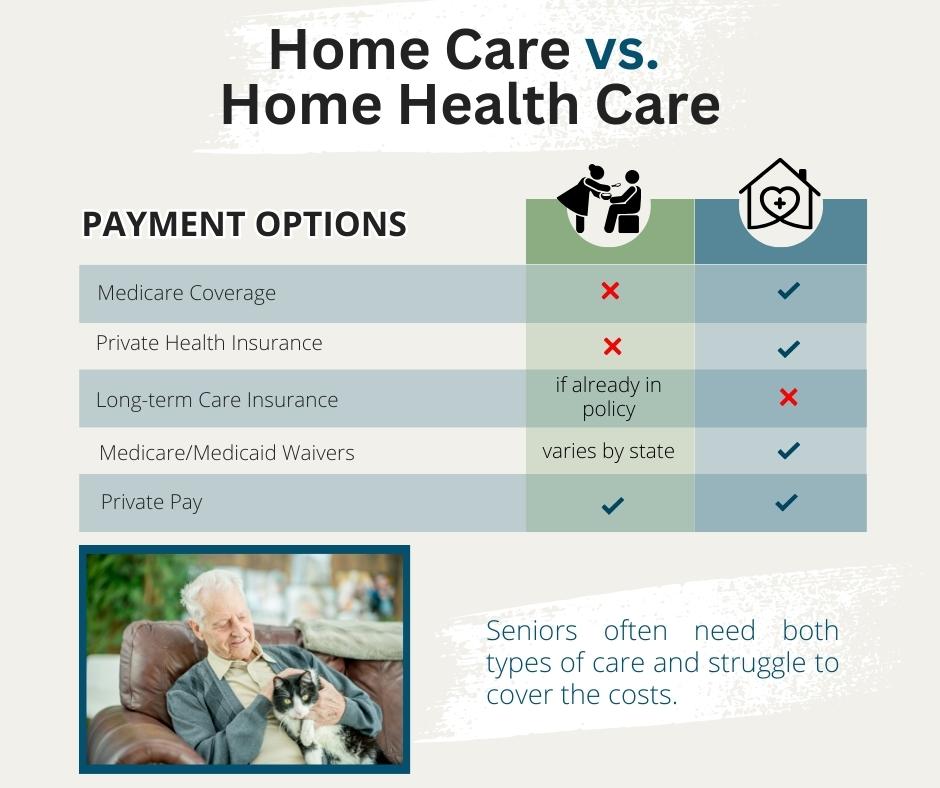Viatical Assisted Living Conversion
A Viatical Assisted Living Conversion allows you to trade in an existing in-force life insurance policy for a long term care benefit plan to help cover the ever increasing costs of Senior Living and Long Term Care.
Once enrolled, the benefit plan is administered on behalf of the family and the benefit payments are made directly to the facility on a monthly basis. A final expense benefit is also preserved for every family inside of their long term care benefit plan. Life insurance conversions give you another option during a difficult time.
Viatical Assisted Living Conversions can fulfill the need you are faced with when you have to pay for long term care for your loved ones who are unable to keep their life insurance policy in-force by maintaining the premium payments. You may also be in a situation where you are forced to abandon a life insurance policy as part of a Medicaid spend down regimen. When faced with these decisions, a conversion is often a much, much better choice.

Key Benefits of the Viatical Assisted Living Conversion
- Simple application and review process
- No age or policy size minimum
- No premium payments
- All types of in-force life insurance qualify (Even Group and Term Insurance)
- A Viatical assisted living conversion provides fixed payments made directly to the care provider/facility
- Preserves a partial death benefit for final expenses
The life expectancy of a viatical settlement refers to the projected time remaining for the individual who sells their life insurance policy through a viatical settlement to live. It is a key factor considered by viatical settlement companies when determining the offer for the policy.
The life expectancy estimate is based on various factors, including the individual’s health condition, medical history, age, and other relevant factors. Actuaries and medical professionals typically assess these factors to calculate an estimated life expectancy.
The shorter the estimated life expectancy, the higher the potential payout offered by the viatical settlement company. This is because the purchaser assumes the responsibility of paying the policy premiums until the individual’s passing and receiving the death benefit upon their death.
Consider a senior individual with a terminal illness who owns a $500,000 life insurance policy. Facing mounting medical bills, they decide to opt for a viatical settlement. They approach viatical companies, including life settlement funds that offer life settlements investments. After assessing the individual’s life expectancy, a life settlement company offers $300,000 for the policy, an amount much higher than the cash surrender value of the policy. The policyholder accepts the offer, receiving the funds to cover their immediate needs. This is an example of a viatical settlement, or senior life settlements, providing a lifeline for those in dire financial need.
The amount that viatical settlements pay can vary significantly based on several factors. When you sell your life insurance policy through a viatical settlement, the payout you receive is generally a percentage of the policy’s face value. However, the exact amount offered to you is determined by various factors, including policy face amount and policy details, health of the insured, premium costs, and market conditions.
The specific percentage offered typically ranges from around 50% to 80% of the policy’s face value, depending on the factors mentioned above.
